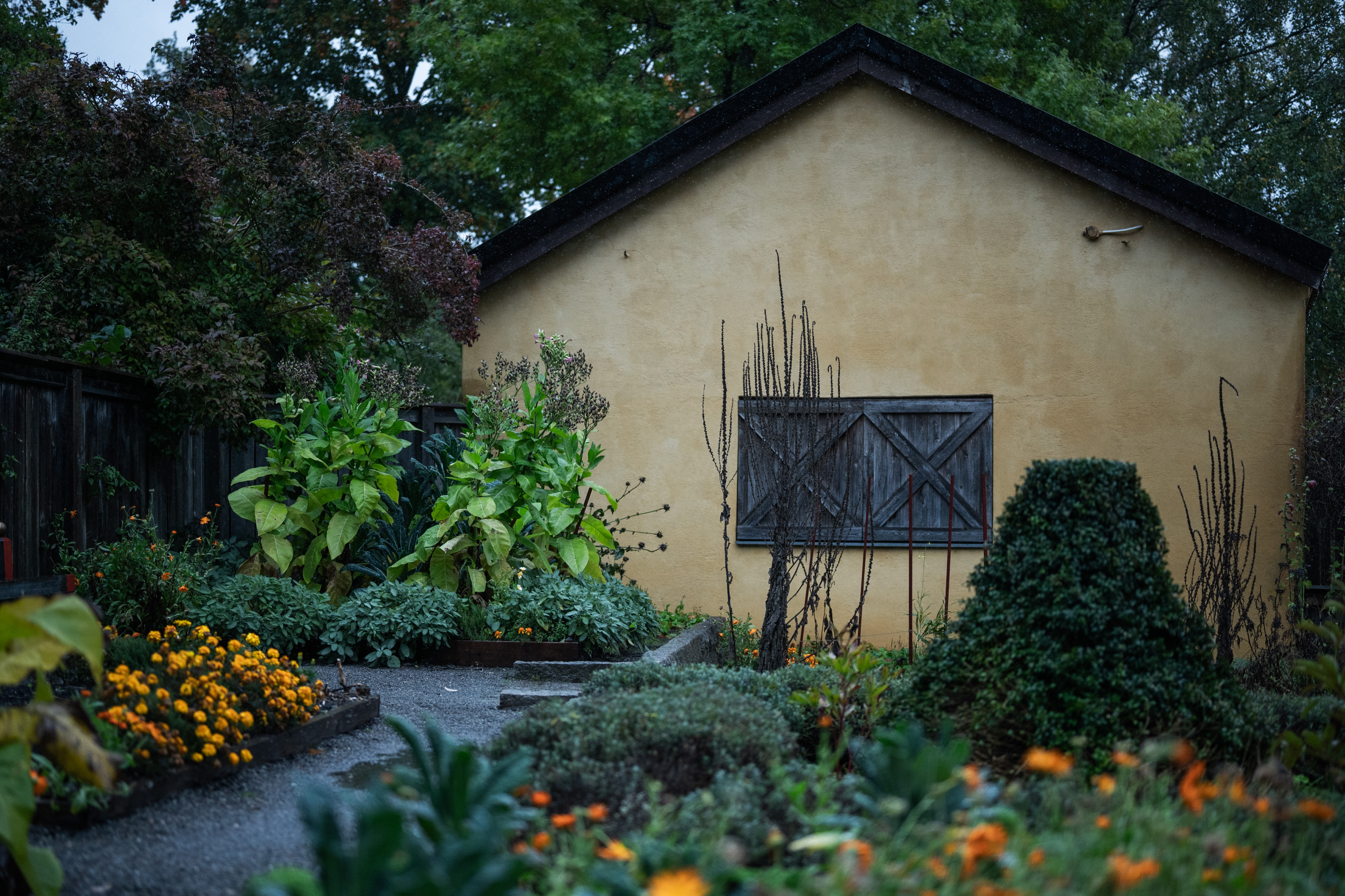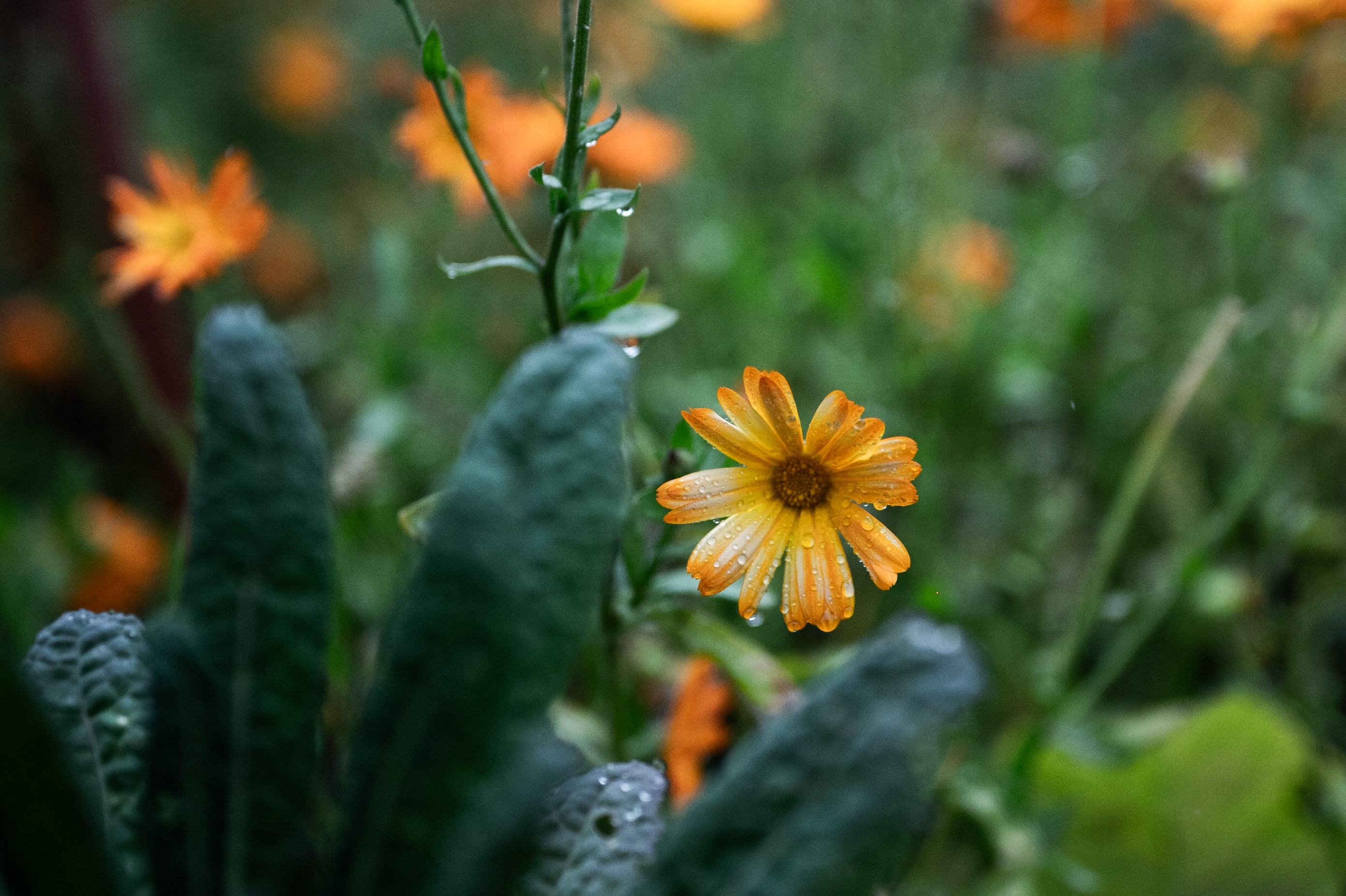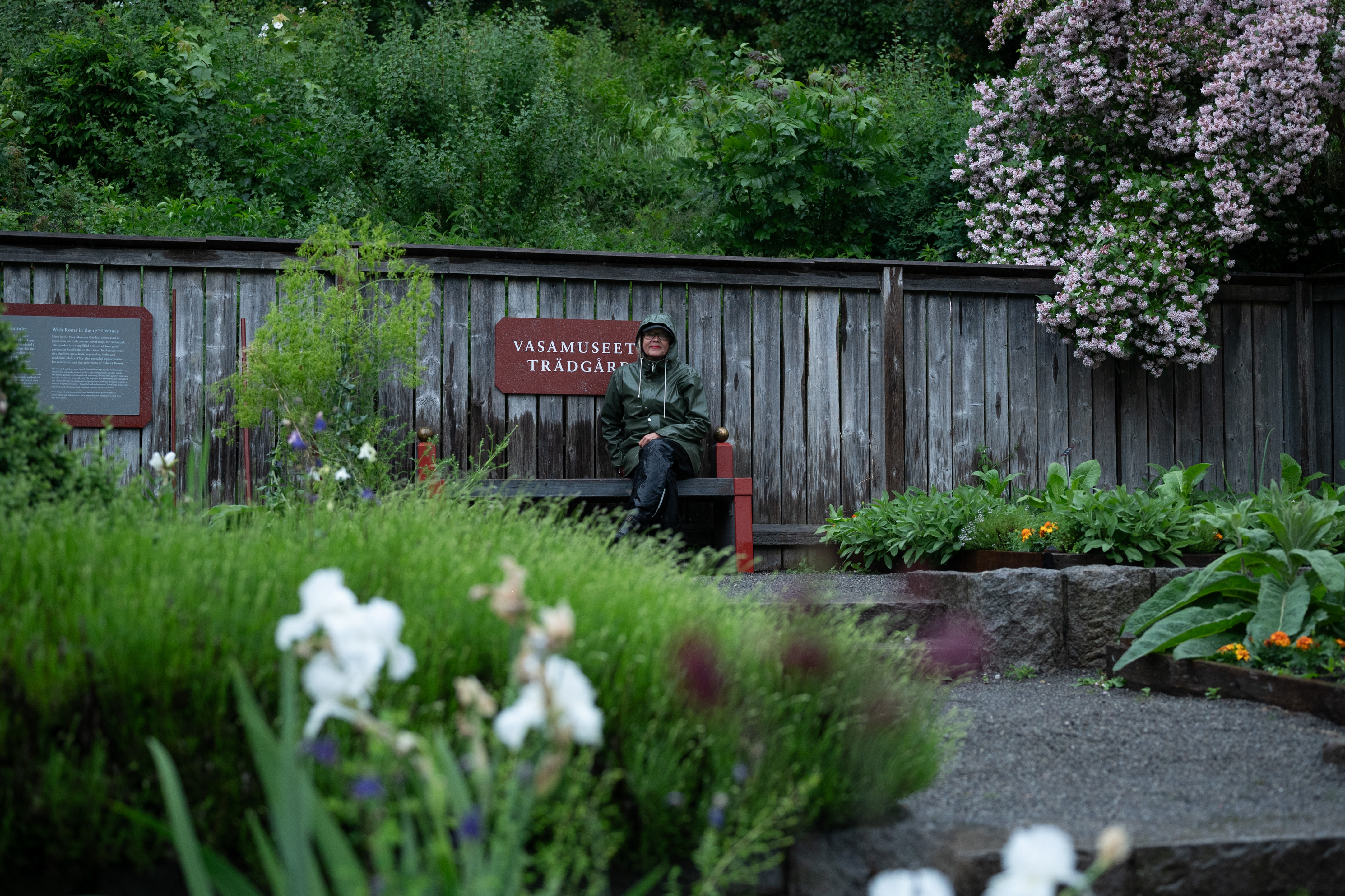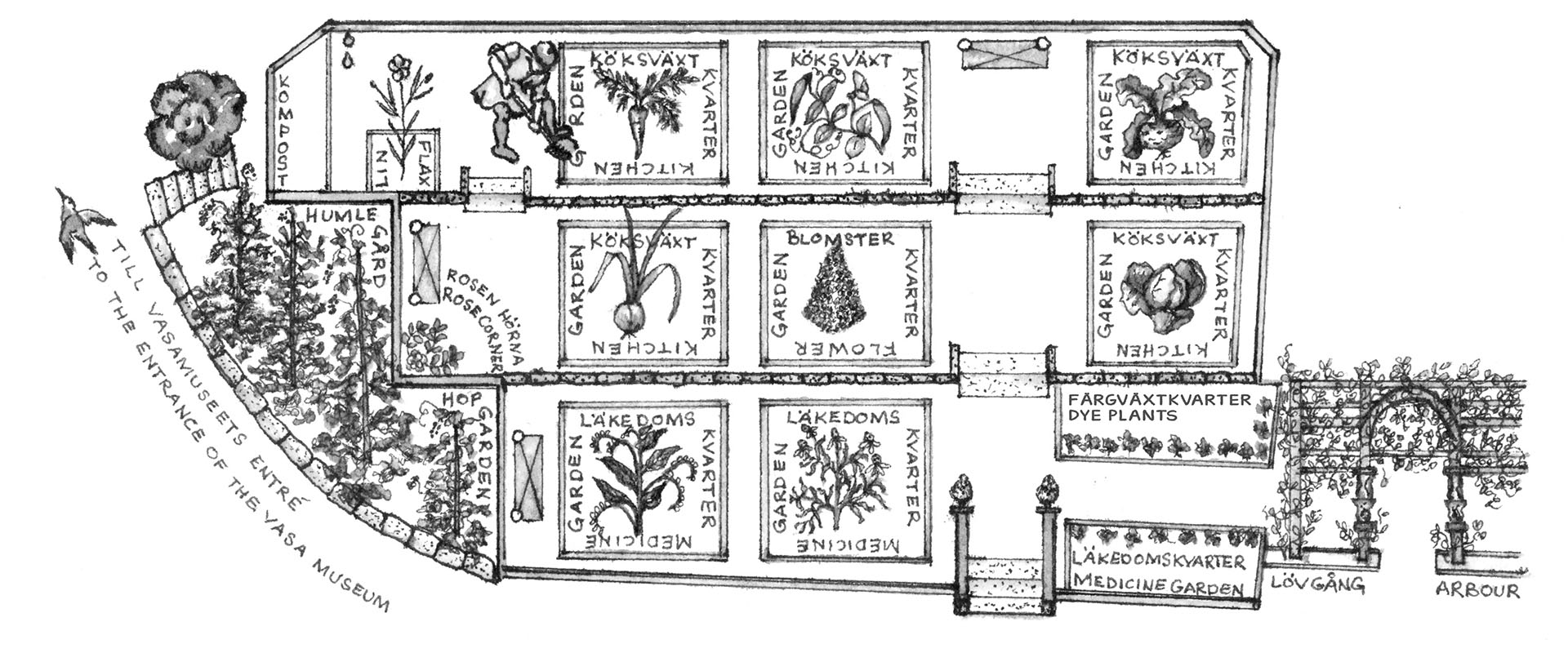Welcome to the Vasa Museum Garden. Here, everything from herbs and spices once used in 17th-century kitchens to plants used for making materials and medicine is cultivated—each playing a role in the story of the Vasa. Feel free to wander through the garden's sections and enjoy the rich variety of flora.
In the 1600s, gardens were places for spiritual rest and recreation. But they also had a practical role in society, especially for the navy. In addition to edible plants like cabbage, peas, and various roots, sails were made from flax, and beer was brewed with hops. Even the paint, which held great symbolic value and decorated the Vasa ship, was derived from the plant kingdom.
Most important of all, however, were the plants’ medicinal properties. For the navy, disease was a far greater threat than battle. In the Vasa Museum’s garden, you’ll find several plants grown for their healing qualities—mallow, St. John’s wort, and angelica root, to name a few.
Did you know?
-
The leafy archway in the garden is reminiscent of the one King Gustavus Adolphus had built on Djurgården in the early 1620s, reflecting the garden fashions of the time. To highlight its connection to the ship, the archways along the long side feature sculptural replicas of the Vasa’s baluster figures.
-
The boxwood in the garden comes from Vrams-Gunnarstorp Castle in Skåne, where it has been propagated from cuttings dating back to the 1650s—Sweden’s oldest known boxwood. In the 1620s, boxwood was still a rarity. Later, it became widely used in ornate, clipped hedge designs at castles and manor houses. Gustavus Adolphus even sent home boxwood plants while campaigning in northern Germany in 1630.
-
No chemical pesticides are used in the Vasa garden. It is a toxin-free cultivation using resilient plants—like marigolds—to help prevent plant diseases and pests.
-
Our gardener is present in the garden on Fridays from 10 AM to 12 PM, June through August, and is happy to answer questions about the cultivation. You can also visit the Vasa Museum’s shop, which sells organic seeds of plants that were grown during the time of the Vasa.
Getting here
The garden is located on the slope below Galärvarvskyrkogården, right next to the museum. Admission is free, and the garden is open year-round.

Free audio guide with Flora
Try our free aduio guide about the museum garden. Read by AI, fact checked by the museum.




